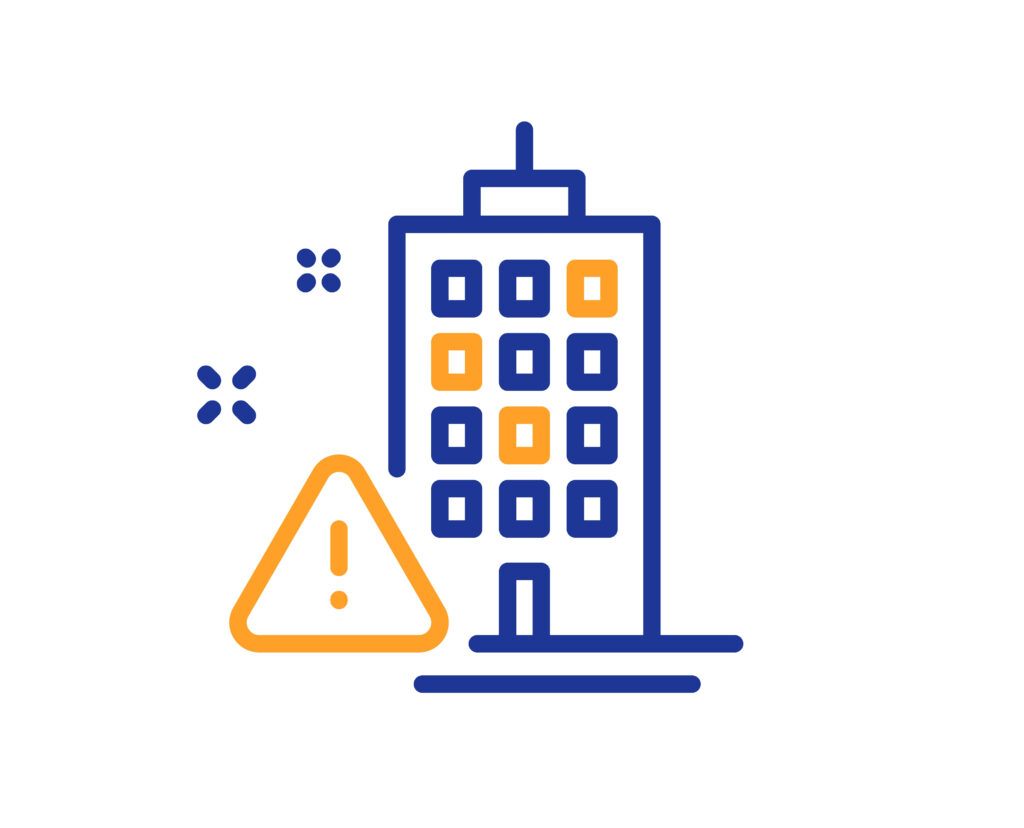The Rise of the Remote Worker
According to the Office of National Statistics, the number of remote workers has increased by almost a quarter of a million over the past decade and it is a trend that doesn’t appear to be dwindling.
The rise of the remote worker comes with plenty of advantages to employing remote workers which benefit both the employee and the employer as follows:
- Financial – less work space required, therefore lower overheads
- Increased productivity as the employee feels comfortable and happiest in their work environment of choice, be it a coffee shop or a spare bedroom
- Flexibility for the employee, for example no long commute or ability to fit in the school run. It is also selling point for future employees
- Allows greater geographical choice of employee
As expected, there are also disadvantages to remote working:
- The employer is reliant on employee trust; the employer needs to be able to hold the worker accountable for their productivity
- The employee could feel disconnected with less team interaction
- Possible extra spend potentially needed for IT infrastructure and equipment
- Potential cyber security risks
- For companies choosing to promote homeworking, it is still likely that an office space will be needed which begs the question – how do you successfully design an office area which won’t necessarily be occupied all the time.
What is paramount, is that the communications infrastructure needs to be robust enough to accommodate remote employees. This includes telephony, cyber security and Wi-Fi connectivity of the remote worker with smooth access to work resources. Employees should be able to work as easily away from the office as they do in the office. Whilst, initially, this could be a substantial investment, in the long run the benefits will be apparent and should outweigh the costs.
With remote workers a factor, it is necessary to consider how the office space will be used. Is there really a need for the traditional workstation? How often will the office be occupied to full capacity and what will employees be doing when they are in the office? Would it be more efficient to have work pods and collaborative areas with small private rooms for independent work or confidential discussions? The options for furniture these days are limitless and whichever way you want to work, there is a furniture solution to accommodate it. At 3-Space, we have a dedicated furniture consultant who has every furniture and fabric permutation at her fingertips and is happy to discuss what would work for your work space.
With the rise of the remote worker looking like more than just a short-term trend, planning is key to making an agile working environment successful. Determining how the space is going to be used will allow the designers to create a space to suit productivity and work practices. If you need any advice on where to start, give us a call and we would be happy to share our knowledge and experience with you.





